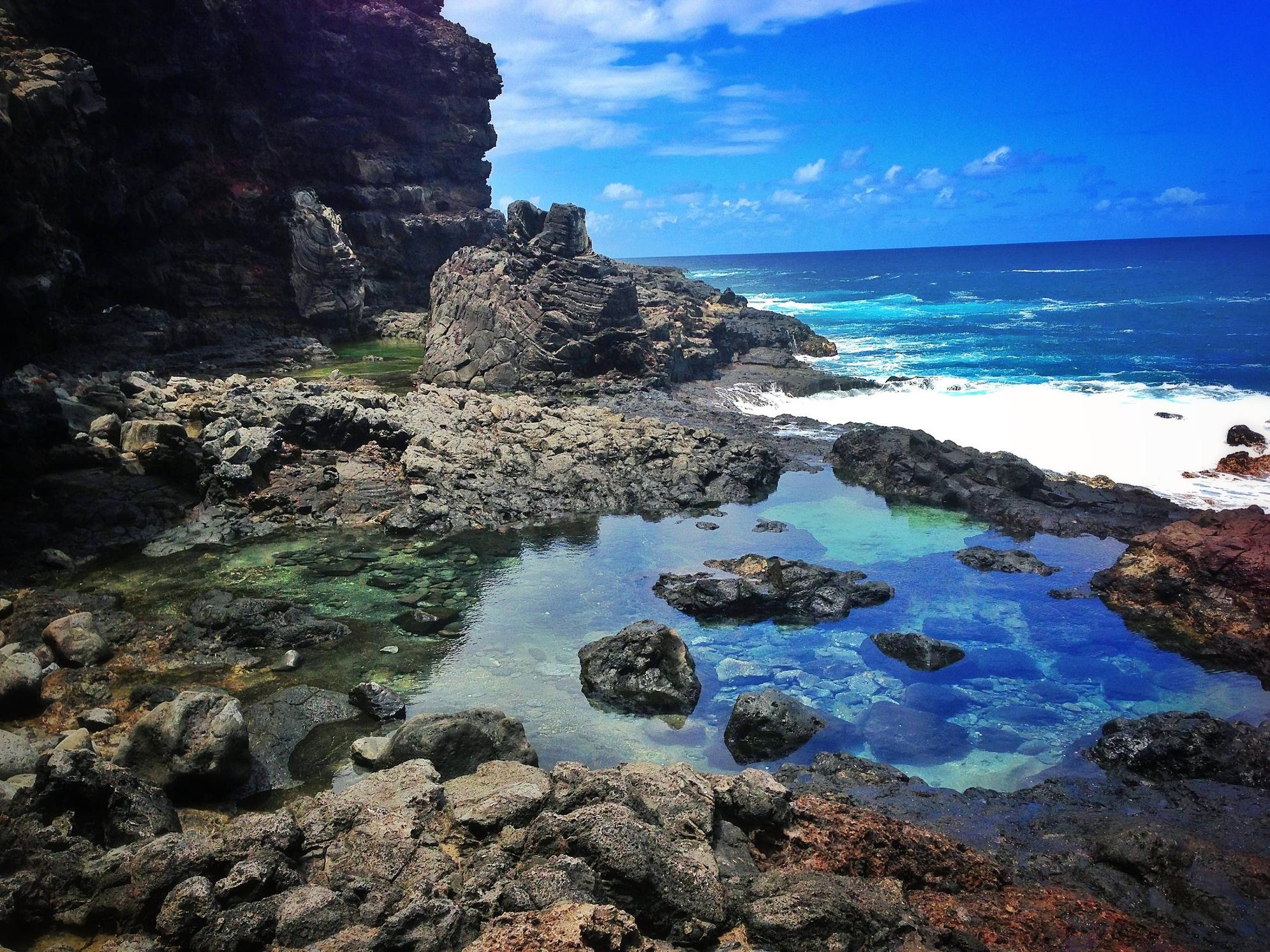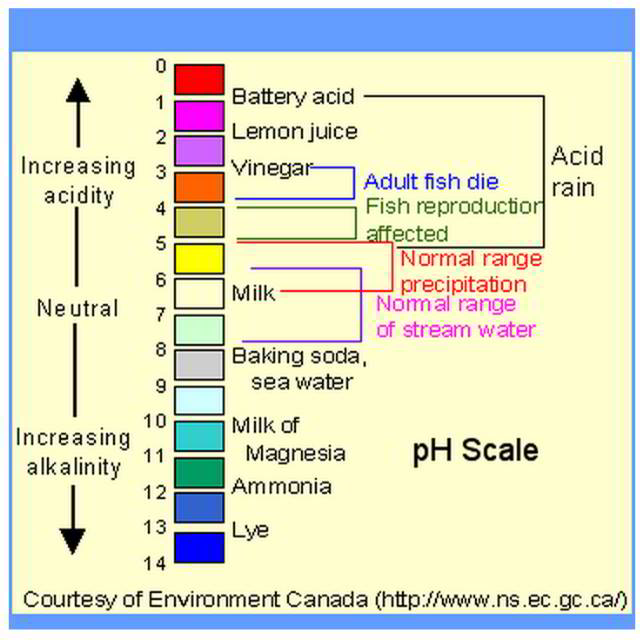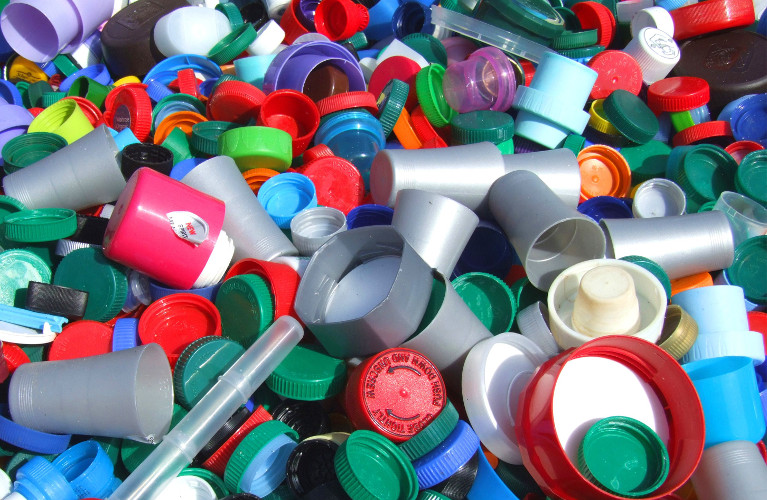 |
 | ||||||||||||
|
|||||||||||||
 Life in the seas
Life in the seas
There were a number of related questions on this, so I pulled together some images and videos about sea life. I went from the shore (tide pools, sandy beaches, further offshore, all the way to the deepest parts of the ocean bottom.
|
|||||||||||||
|
I saw this at the 2016 Bay Area Maker Faire, and it was an obvious success with the younger crowd. Since I started doing a monthly 'Science Saturday' at the Santa Fe Children's Museum, which caters to young children, it was an obvious thing to do. Full credit goes to AirRocketWorks for the inspiration and their standard template. Here is my slightly modified template. On the right I have
The rockets are made from a single standard sheet of paper, with the parts and instructions printed on them. All you need is scissors and masking tape. The rocket tube is wrapped around the construction tube, and the fins and nosecone are cut out and taped on. When the rocket is finished, it is slipped off the construction tube and onto the launcher. On the construction tubes, I put a strip of tape down the length. This way, if the rocket is made really tight, it may be hard to get off the construction tube, but will fit a bit looser on the launch tube.
At the Children's Museum, there also are colored feathers, ribbons and the
like to decorate the rockets. [and for reference, in 2+ hours, 23 rockets
were made.]
|
|||||||||||||
 Ocean acidification
Ocean acidification
Since we had talked about global warming earlier, as well as sea life, I did an hour on ocean acidification. In order to introduce the concepts of acids and bases, I brought enough stuff to do the red cabbage acidity indicator demo.
|
|||||||||||||
|
|
|||||||||||||
| |||||||||||||


